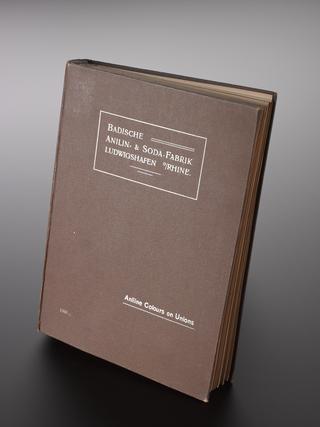
Oswald John Silberrad 1878 - 1960
- occupation:
- Industrial chemist, Scientist
- Nationality:
- British
- born in:
- Buckhurst Hill, Essex, England, United Kingdom
1898-1900 - attended the University of Würzburg, Germany, studying under professors such as A R Hantzsch and Wilhelm C Roentgen; wrote thesis 'Uber die polymerisations producte aus Diazoessigester';
about 1900 – worked briefly for the Davy Faraday Laboratory at the Royal Institution, London, experimenting on hydrotetrazines and triazoles;
about 1901 - Research Chemist to W.J. Bush & Co., working on essential oils; December 1901 - appointed Chemist to the Explosives Committee;
about 1902 - head of the Committee's research establishment at the Royal Arsenal, Woolwich, London, researching the failure of high explosive shells filled with lyddite to detonate properly;
1903 - devised a means of detonating lyddite using trinitrophenylmethylnitramine ('tetryl'), known as 'Silberrad's explosive' and then discovered that Trinitrotoluene, or 'TNT', was better as a detonator than tetryl;
about 1904 - Director and Superintendent of new Research Department at Woolwich;
1907 - founded the Silberrad Research Laboratories at Buckhurst Hill, later moving to Loughton, Essex; worked as a consulting chemist.
1908 - developed new bronze alloy which withstood erosion
before 1914 – researched and developed range of powerful explosives based on ammonium perchlorate and helped to set up and manage a dynamite-manufacturing company in Ergite Ltd, in north Wales;
1915-1918 - served as Honorary Consultant to Lord Moulton, Director-General of Explosives Supply;
after 1918 - continued to devise and patent new processes in various industrial sectors; other discoveries developed commercially: flashless powder; converting TNT residues into dyestuffs; erosion-resisting gunsteel; improved method for retting flax;